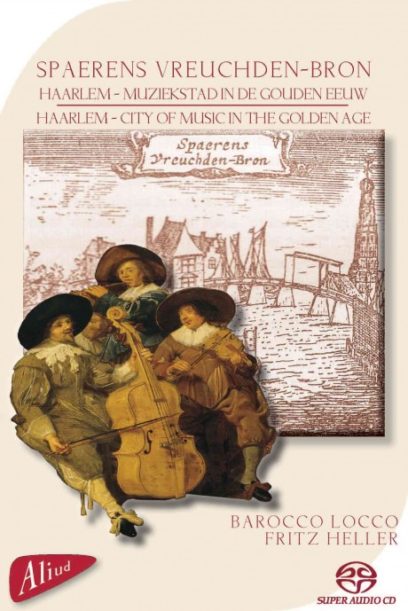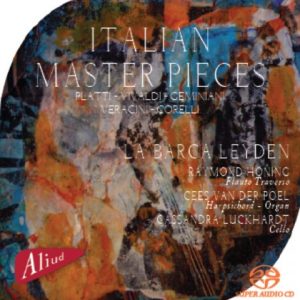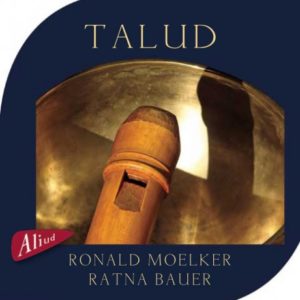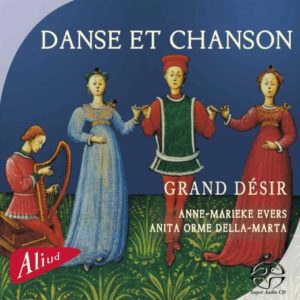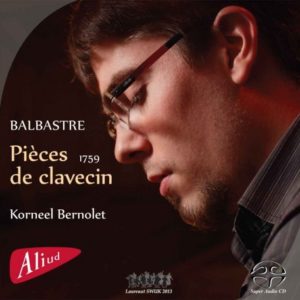Description
The glorious epithet ‘Golden Age’, describing the seventeenth century in the Netherlands, and the Northern Netherlands in particular, says much about the preceding century too. For it was in the second half of that century that the gradual transition took place from the Renaissance to the early Baroque, and in many respects it was there that the roots of the ‘golden’ characteristics lay. The exuberance of the Baroque, however, was of relatively limited influence, since it hardly appealed to the sobriety of the increasingly Calvinist population. This was the background to the political and military stage of the Eighty Years’ War, which was to end with the signing of the Peace of Westphalia in Münster in 1648 and the formal independence of the Republic of the United Provinces. The discovery of new continents made a significant contribution to unprecedented economic growth. The Republic of the United Provinces became the undisputed economic center of Europe, with trade links and possessions in no less than four continents and a merchant fleet that surpassed the combined fleets of England and France. In the ideological world, humanism, fired by the writings of Desiderius Erasmus, became a force to be reckoned with. In religious matters, the sixteenth century witnessed perhaps the greatest upheavals, with the emergence of Protestantism during the Reformation and the first effects of the Counter Reformation around 1560. If it were not for spectacular developments in the cultural world, to which the seventeenth century owed its honorary title, scholarship, literature, poetry, painting, engraving and music would not have attained such stupendous heights.

